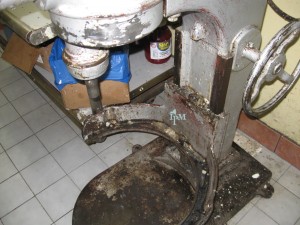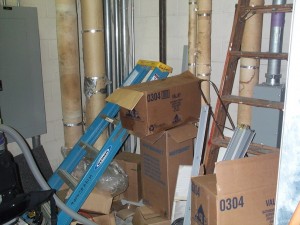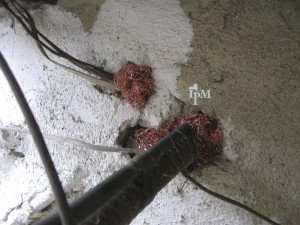Another great EPA webinar is coming up next week. Pest Prevention by Design helps school administrators, engineers, and ‘green’ builders understand how to design pests out of buildings rather than be in a battle to control them after they’ve entered. 
On Tuesday, February 23, 2016 at 2:00pm, you can be part of a live webinar (online workshop) simply by registering. From your desk, laptop or tablet, you can watch, listen and interact as desired while two pest exclusion experts share their knowledge. If you’ve never used Adobe Connect, get a quick overview at: http://www.adobe.com/products/adobeconnect.htm
For example, where a school may traditionally address a rat infestation with rat poison, the guidelines would recommend sealing the gap in the door frame that let the animals enter in the first place, putting a better lid on the dumpster out back, or removing the English ivy from the landscaping (a preferred rodent habitat). By following these recommendations, we can keep pests out, thereby improving indoor air quality and saving money over the life of the building.
Join us to learn how you can better incorporate pest prevention in your school district’s Integrated Pest Management (IPM) program.
Featured presenters will be:
Chris Geiger, Ph.D., IPM Program Manager, City of San Francisco
Robert Corrigan, Ph.D., Rodent IPM Specialist, RMC Pest Management Consulting
Space is limited to the first 1,000 to attend, and that number is not unexpected. After registering, you will receive a confirmation email with information on how to join the webinar.






